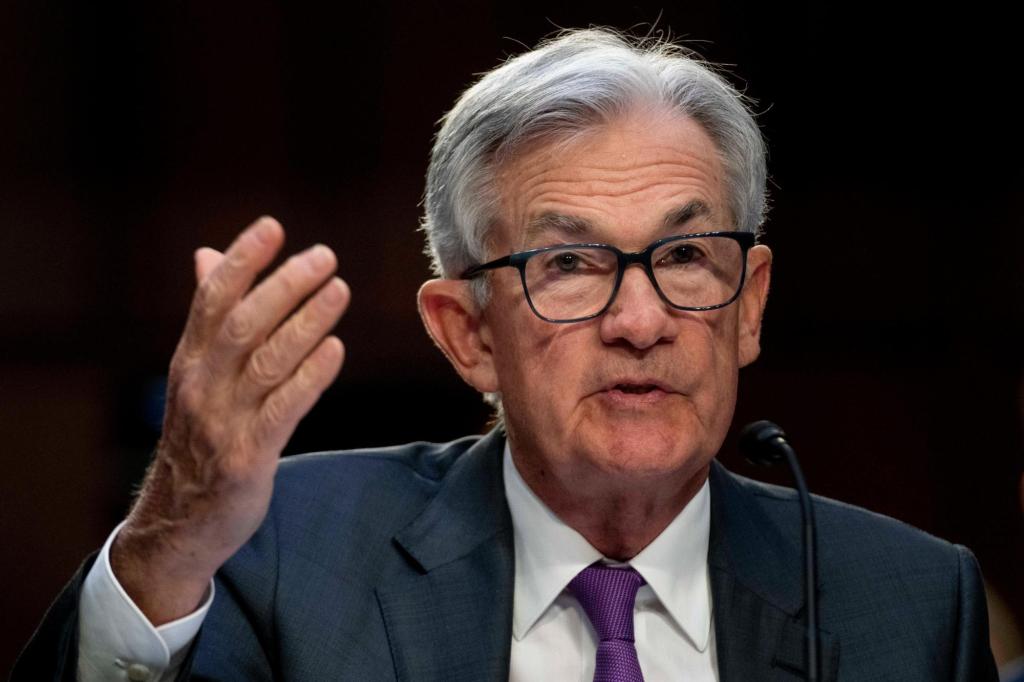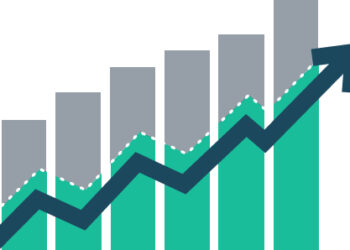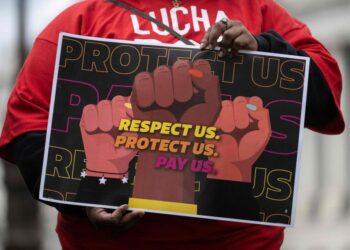Across the United States, many people are eagerly anticipating the Federal Reserve’s first cut to its benchmark interest rate this year: Prospective home buyers hope for lower mortgage rates. Wall Street traders envision higher stock prices. Consumers are looking for a break on credit card debt at record-high interest rates.
Not to mention President Joe Biden, whose re-election campaign would likely benefit from an economic jolt stemming from lower borrowing rates.
Yet Chair Jerome Powell and his fellow Fed officials are expected to play it safe when they meet his week, keeping their rate unchanged for a fifth straight time and signaling that they still need further evidence that inflation is returning sustainably to their 2% target.
The Fed’s cautious approach illustrates what’s unusual about this round of potential rate cuts. Vincent Reinhart, chief economist at Dreyfus-Mellon and a former Fed economist, notes that the Fed typically cuts rates quickly as the economy deteriorates in an often-futile effort to prevent a recession.
But this time, the economy is still healthy. The Fed is considering rate cuts only because inflation has steadily fallen from a peak of 9.1% in June 2022. As a result, it is approaching rate cuts the way it usually does rate hikes: Slowly and methodically, while trying to divine the economy’s direction from often-conflicting data.
“The Fed is driving events, not events driving the Fed,” Reinhart said. “That’s why this task is different than others.”
The central bank’s policymakers had said after their last meeting in January that they needed “greater confidence” that inflation was cooling decisively toward their 2% target. Since then, the government has issued two inflation reports that showed the pace of price increases remaining sticky-high.
In most respects, the U.S. economy remains remarkably heathy. Employers keep hiring, unemployment remains low, the stock market is hovering near record…
Read the full article here







